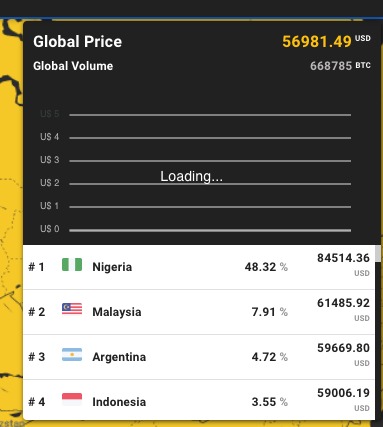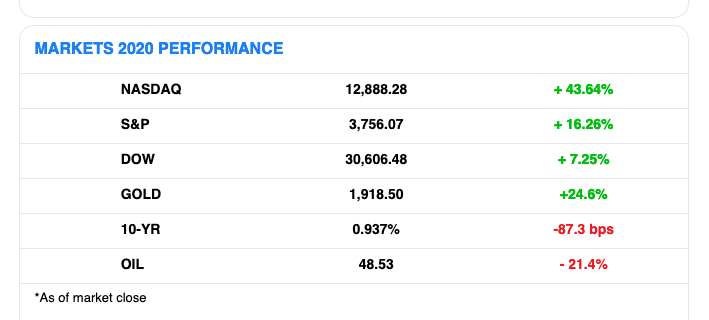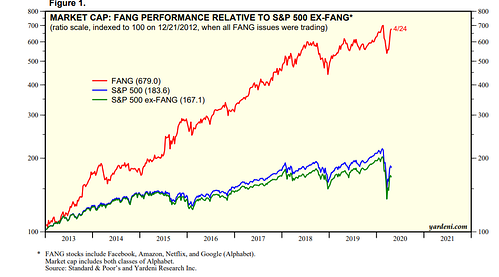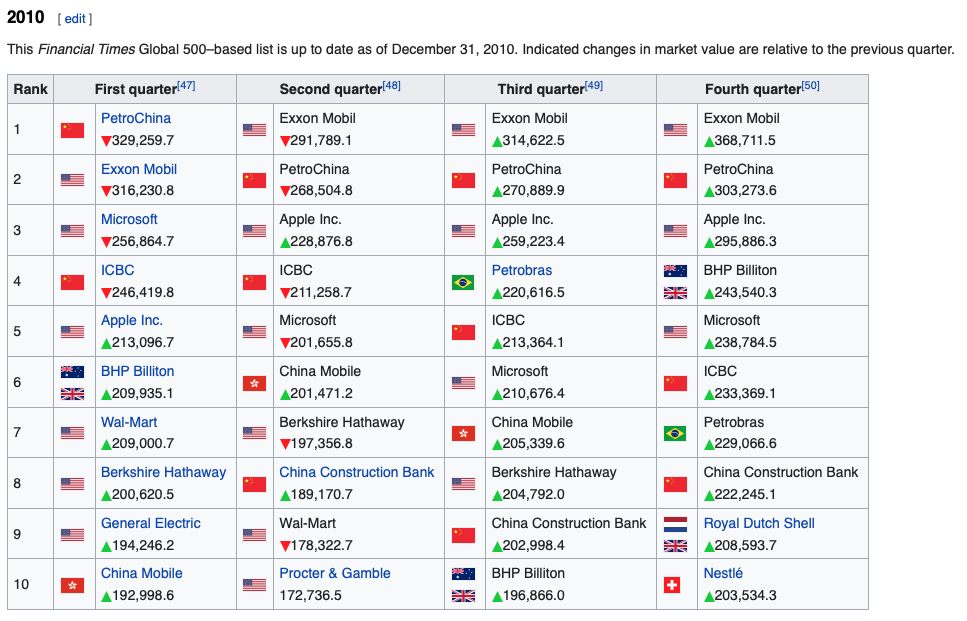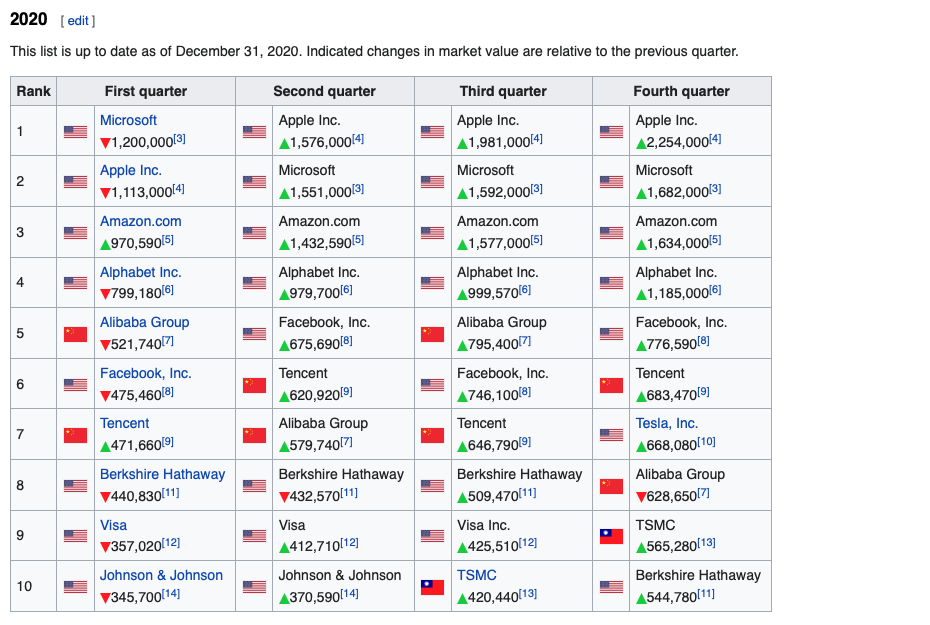I recommend reading the book Psychology of Money. It’s an easy, straightforward way to build a good relationship with money. I have many Kindle highlights from when I read the book recently; here are a couple.
What money does:
The highest form of wealth is the ability to wake up every morning and say, “I can do whatever I want today.” People want to become wealthier to make them happier. Happiness is a complicated subject because everyone’s different. But if there’s a common denominator in happiness—a universal fuel of joy—it’s that people want to control their lives. The ability to do what you want, when you want, with who you want, for as long as you want, is priceless. It is the highest dividend money pays.
Money’s greatest intrinsic value—and this can’t be overstated—is its ability to give you control over your time. To obtain, bit by bit, a level of independence and autonomy that comes from unspent assets that give you greater control over what you can do and when you can do it. A small amount of wealth means the ability to take a few days off work when you’re sick without breaking the bank. Gaining that ability is huge if you don’t have it. A bit more means waiting for a good job to come around after you get laid off, rather than having to take the first one you find. That can be life changing. Six months’ emergency expenses means not being terrified of your boss
What you should know about saving and using your money:
Manage your money in a way that helps you sleep at night. That’s different from saying you should aim to earn the highest returns or save a specific percentage of your income. Some people won’t sleep well unless they’re earning the highest returns; others will only get a good rest if they’re conservatively invested. To each their own.
There are basic principles that must be adhered to—this is true in finance and in medicine—but important financial decisions are not made in spreadsheets or in textbooks. They are made at the dinner table. They often aren’t made with the intention of maximizing returns, but minimizing the chance of disappointing a spouse or child.
Wealth is what you don’t see… Wealth is the nice cars not purchased. The diamonds not bought. The watches not worn, the clothes forgone and the first-class upgrade declined. Wealth is financial assets that haven’t yet been converted into the stuff you see.
Also on this subject: the excellently written Money is the Megaphone of Identity.



